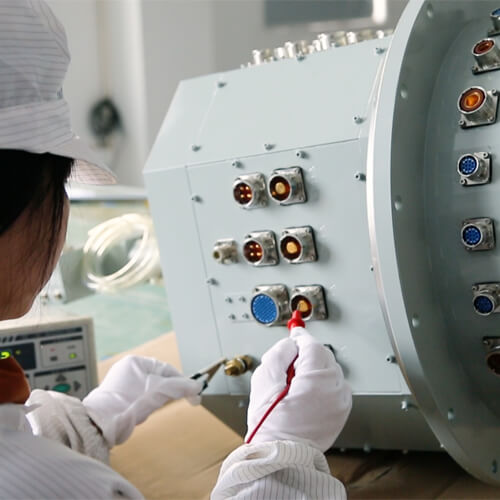As students embark on their scientific journey, they often encounter intriguing concepts and devices that spark their curiosity. Among these, split rings and slip rings are commonly encountered terms in physics and electrical engineering. However, understanding the distinction between these two components can be challenging. Today, we embark on a fascinating exploration, unraveling the mysteries and highlighting the key differences between split rings and slip rings. Join us as we delve into the world of electrical devices and shed light on this important topic for Class 10 students.
- Split Rings vs. Slip Rings: Decoding the Terminology
- Distinguishing Features: Split Rings vs. Slip Rings
Split Rings vs. Slip Rings: Decoding the Terminology
To comprehend the differences between split rings and slip rings, it is crucial to first understand their individual definitions and applications.
Split Rings: Split rings, also known as commutators, are electrical components typically found in direct current (DC) motors. They consist of a cylindrical assembly of copper segments or bars that are insulated from each other and mounted on the rotor of the motor. Split rings serve as a crucial part of the commutation system in DC motors, facilitating the conversion of alternating current (AC) to unidirectional current, enabling the motor to rotate continuously.
Slip Rings: Slip rings, on the other hand, are employed in alternating current (AC) systems and are commonly found in devices such as generators, alternators, and certain types of motors.
They are composed of a series of conductive rings that are mounted on a rotating shaft. The rings are separated by insulating materials and are connected to various circuits, allowing the transmission of electrical power, signals, or data between stationary and rotating parts without the need for physical wire connections.
Distinguishing Features: Split Rings vs. Slip Rings
Now that we have a basic understanding of split rings and slip rings, let’s examine the key differences between these two components:
Application: Split rings find their primary application in direct current (DC) motors, where they play a crucial role in the commutation process. They ensure the conversion of alternating current (AC) to unidirectional current, enabling the continuous rotation of the motor. Slip rings, on the other hand, are predominantly used in alternating current (AC) systems, facilitating the transmission of power, signals, or data between stationary and rotating parts in devices like generators and alternators.
Construction: Split rings are cylindrical assemblies composed of segmented copper bars or segments. These bars are insulated from each other, allowing for the conversion of electrical current in DC motors. Slip rings, on the other hand, are circular rings made of conductive material, such as copper or silver. They are mounted on a rotating shaft and are separated by insulating materials to prevent electrical short circuits.
Functionality: Split rings, or commutators, serve as mechanical rectifiers in DC motors, ensuring the unidirectional flow of current. They reverse the direction of current in the rotor windings, allowing the motor to continue rotating in a single direction. Slip rings, on the contrary, serve as conductive connectors in AC systems. They provide a continuous electrical connection between stationary and rotating parts, enabling the transmission of power or signals.
Use in Current Type: Split rings are specifically designed for use in DC systems, where the current flows in one direction. They facilitate the conversion of alternating current (AC) to direct current (DC) in DC motors. Slip rings, on the other hand, are utilized in AC systems, where the current periodically changes direction. They enable the transmission of alternating current (AC) between stationary and rotating parts without interruption.
Understanding the distinction between split rings and slip rings is essential for Class 10 students exploring the realm of electrical devices and systems. Split rings find their purpose in DC motors, acting as commutators to ensure the unidirectional flow of current. Slip rings, on the other hand, are employed in AC systems, enabling the transmission of power or signals between stationary and rotating parts. By grasping the differences between these two components, students can deepen their knowledge of electrical engineering principles and develop a solid foundation for further exploration in the field.
See What We Can Do

